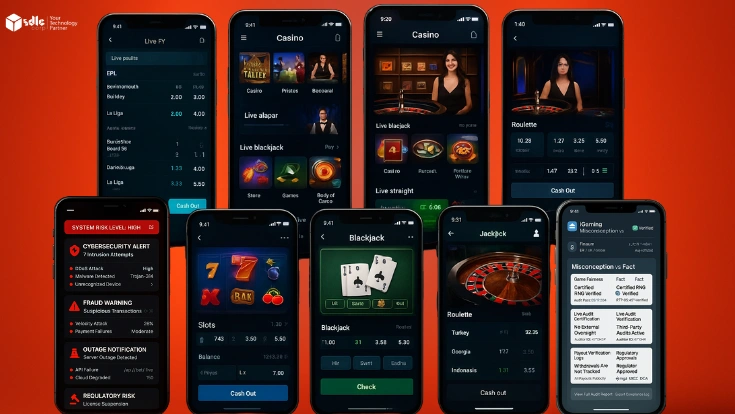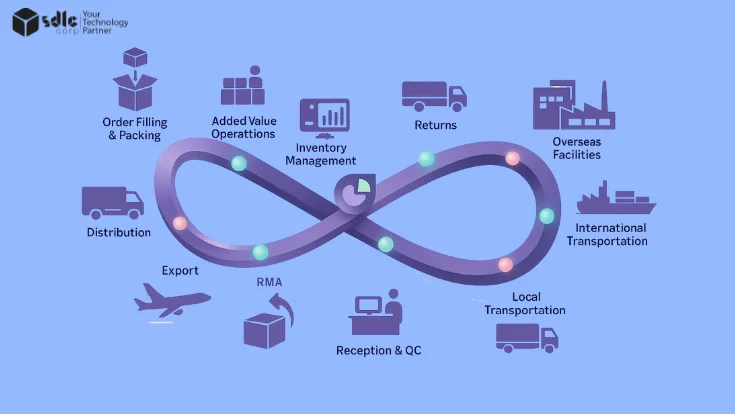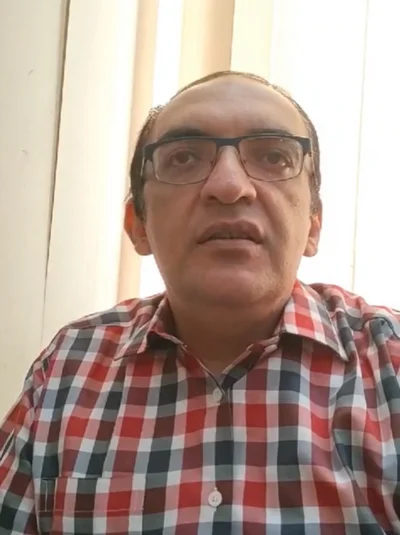Indie games have exploded in popularity over the last decade, offering unmatched creativity and innovation beyond traditional AAA studios. But a common question persists for aspiring developers: How much does it cost to make an indie game in 2025?
In this blog, we break down the indie game development cost, which typically ranges from $20,000 to $100,000, depending on factors like game complexity, platform, features, and team size. Whether you’re a solo developer building a 2D pixel art game or launching a small studio for a 3D narrative-driven title, this guide will help you understand all the key expenses from design and development to testing and launch.
Learn how to plan smarter, avoid costly mistakes, and make the most of your budget as you bring your indie game idea to life.
What Is Indie Game Development?
Self-funded or crowdfunded:
Indie games are typically funded through personal savings or crowdfunding platforms like Kickstarter.Small team size (1–10):
These games are developed by solo creators or small agile teams for greater creative control.Unique gameplay or story:
Indie titles focus on innovative mechanics or narratives not often seen in mainstream games.Digital-only publishing:
Indie games are released on platforms like Steam, itch.io, or app stores without major publishers.
Key Factors That Influence Indie Game Development Cost
1.Game Complexity & Genre

Puzzle or 2D platformers are cost-effective and quick to build.
3D RPGs and survival games require higher budgets and time.
Strategy and simulation games need complex logic systems.
AR/VR and multiplayer games raise development costs significantly.
Explore more How Indie Developers Are Transforming The Gaming Industry
2. Art & Design Assets

2D sprites and pixel art are affordable and fast to produce.
3D models and animations require more time and budget.
Complex environments and cutscenes significantly raise costs.
Outsourcing art can reduce workload but increase expenses.
3. Technology Stack

Game engines like Unity, Unreal, and Godot power most indie games.
Asset libraries save time, while custom-built content offers uniqueness.
Open-source tools can reduce licensing costs for small teams.
Plugins and third-party integrations speed up development but add expenses.
Explore more Top Game Development Tools for Aspiring Indie Developers
4.Platform Support
PC-only games are more affordable and simpler to develop.
Mobile, console, and multi-platform support increases complexity and cost.
Cross-platform testing and optimization require additional QA resources.
Platform-specific UI and performance tuning add to the development timeline.
5.Team Structure
Solo developers save money but require more time and multitasking.
Small teams improve quality and speed but increase development costs.
Specialized roles (artists, composers, QA) ensure polish and scalability.
Outsourcing can balance cost, quality, and flexibility for indie projects.
Cost Breakdown by Game Scope
Understanding the cost of indie game development in 2025 isn’t just about numbers it’s about the value you receive at each stage. Below is a clear breakdown of what different game scope tiers typically include, covering development timelines, communication methods, design involvement, and post-launch support.
| Tier | Basic MVP | Mid-Level | Full-Scale |
|---|---|---|---|
| Cost | $20K – $30K | $35K – $50K | $60K-$100K+ |
| Timeline | 4–6 weeks | 10–12 weeks | 20–24 weeks |
| Core Considerations | Freelancer or small studio with limited scope | Experienced indie firm with defined process | Full-service dev company with dedicated teams |
| Communication | Basic communication (email or chat only) | Slack, Trello/Jira, weekly updates | Agile, dedicated PM, structured reporting |
| Creative Involvement | Minimal creative input; client-led | Some creative collaboration, visual concept mockups | Collaborative design, narrative support, UX testing |
| Design & UI Support | Minimal layout guidance | UI wireframes and character concept art | Complete UI/UX design system + visual branding |
| Tool Stack Used | Unity, email, Google Docs | Unity/Godot, Trello, Figma, Git | Unity/Unreal, Jira, Figma, GitHub CI/CD |
| Documentation & Planning | Basic task notes | Game Design Document (GDD) | GDD, Technical Docs, roadmap planning |
| Team Composition | Solo developer or freelancer | Small dedicated team (2–5 people) | Full-stack team (designers, devs, QA, PM) |
| Testing & QA | Basic device testing only | Manual testing + test reports | Automated & manual testing on multiple devices |
| Support Duration | Bug fixes for 15–30 days | Support for up to 60 days | 3–6 months maintenance and updates |
Hidden Costs You Shouldn’t Ignore

- Licensing & Tools: Paid software, engines, plugins
- Marketing & Community Building: Ads, content, Discord management
- Legal & Compliance: Copyrights, privacy policies, store agreements
- Post-Launch Support: Bug fixes, updates, player feedback integration
Monetization Models for Indie Games

- Premium Pricing:
Charge a one-time fee on platforms like Steam, Epic Games, or mobile stores. Best for story-rich or highly polished games.
- Freemium Model:
Offer the game for free with optional in-app purchases (IAPs), cosmetic upgrades, or rewarded ads. Ideal for mobile and casual games with high retention.
- Subscription/Patreon Support:
Build a recurring income stream via platforms like Patreon or by integrating your game with Xbox Game Pass. Works well for ongoing content or episodic releases.
- NFT/Blockchain Monetization (Optional):
Integrate Web3 elements like tradable NFTs, token economies, or decentralized rewards. Suitable for niche audiences seeking asset ownership or play-to-earn mechanics.
Explore more Unreal Engine for Indie Game Developers: Advantages and Tips
Tips to Optimize Indie Game Development Cost
- Use open-source tools: Godot and Blender help reduce software costs.
- Hire freelancers: Outsource tasks via Fiverr or Upwork to save on salaries.
- Buy or reuse assets: Use Unity/Unreal stores to cut art and animation costs.
- Apply for grants/incubators: Access funding, mentorship, or free resources.
- Build a prototype first: Validate your game idea before full production.
Explore more Mastering 2D Game Development: Techniques and Strategies
Real-World Examples of Indie Game Budgets
- Celeste (Pixel Platformer):
Budget: ~$50,000 fits within the Mid-Level tier.
Team: 3 developers. Focused on tight gameplay and refined pixel visuals.
- Stardew Valley (Farming Sim):
Budget: <$30,000 fits within the Basic MVP tier.
Team: Solo developer. Built over several years with open-source tools and strong community support.
- Hollow Knight (Metroidvania):
Budget: ~$80,000–$100,000 at the upper end of the Mid-Level tier.
Team: Small studio with Kickstarter support. Rich in custom design, deep mechanics, and audio-visual polish.
Choosing the Right Development Partner

Expertise in game engines, asset creation, and QA:
Skilled teams can handle Unity, Unreal, Godot, and custom art/audio needs.Transparent pricing and milestone tracking:
Look for clear deliverables, upfront costs, and project visibility.Scalable development support:
From MVP prototyping to full-scale release, flexibility matters.
Consider working with SDLC CORP a trusted Game Development Company offering end-to-end support for indie game development.
Conclusion
The cost of indie game development in 2025 depends on several key factors, including game scope, team size, chosen platform, and monetization model. Whether you’re launching a basic MVP or building a full-scale indie title, success begins with thoughtful planning, smart budgeting, and the right technical support.
Ready to bring your indie game vision to life?
Contact SDLC CORP for expert guidance or Hire Game Developers to build your game from concept to launch with confidence.
FAQs
How Much Does It Cost To Make An Indie Game In 2025?
The cost to develop an indie game in 2025 typically ranges from $20,000 to $100,000+, depending on the game’s complexity, team size, art style, and platform scope.



















